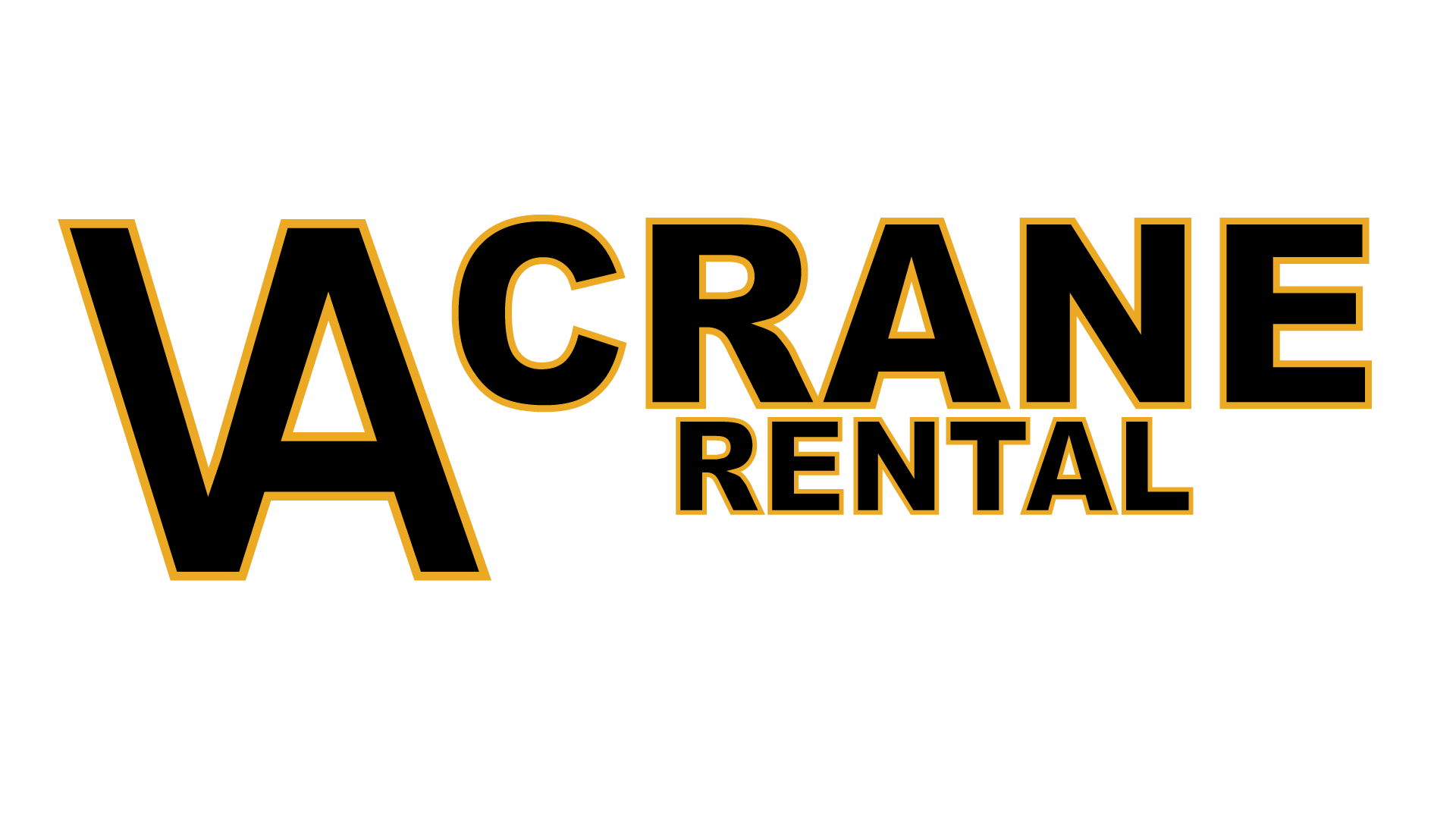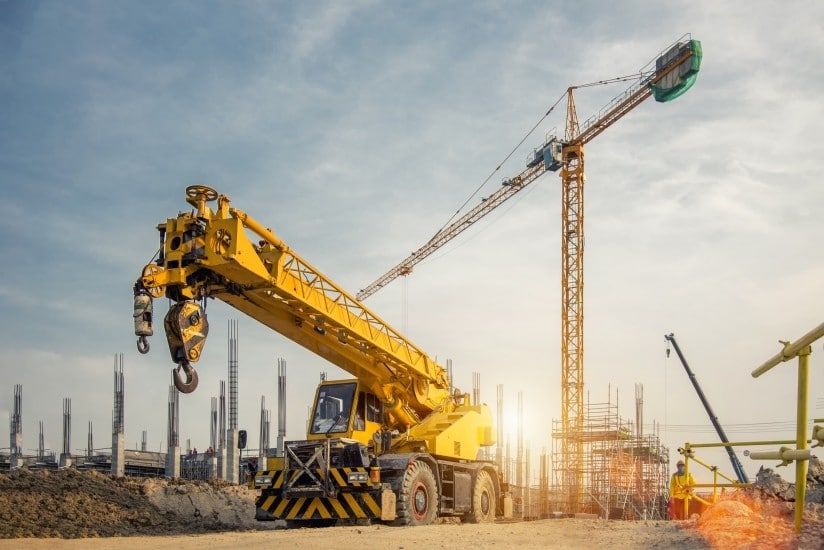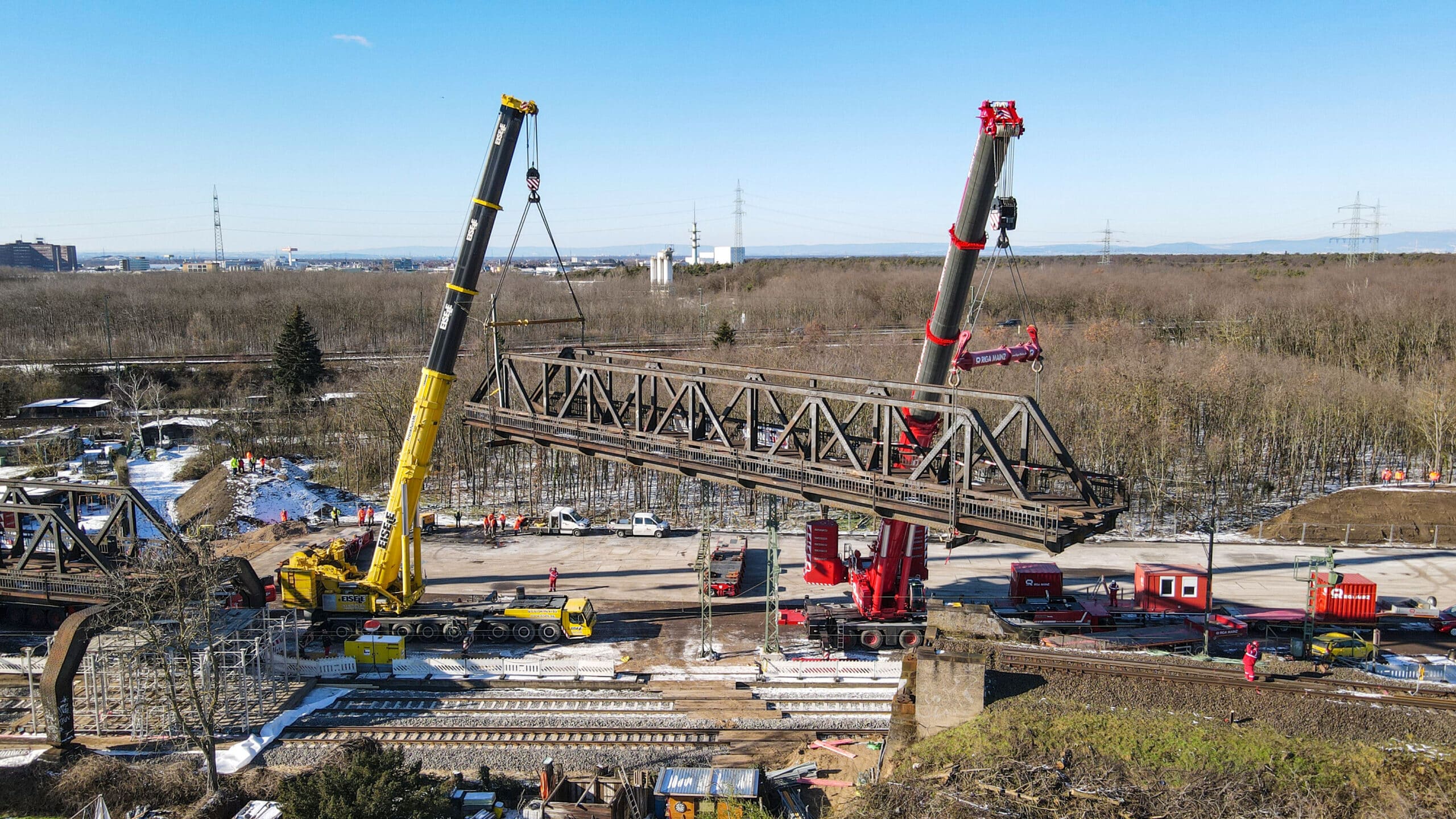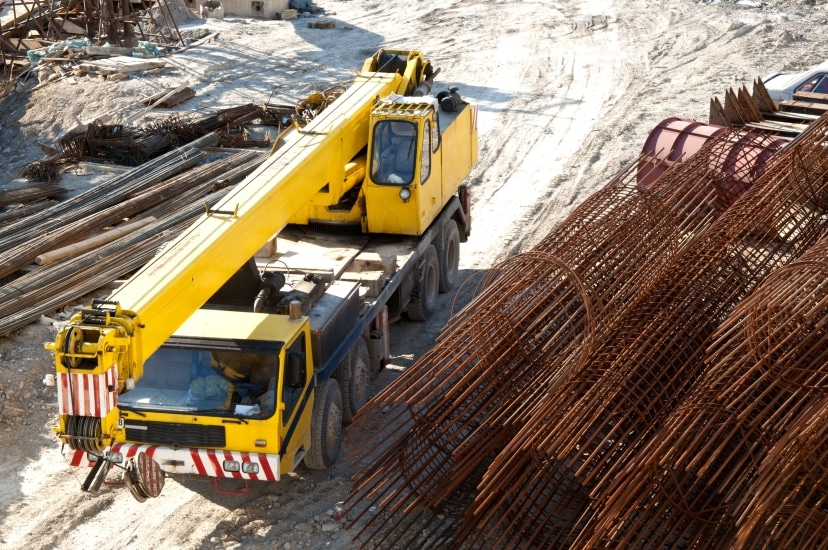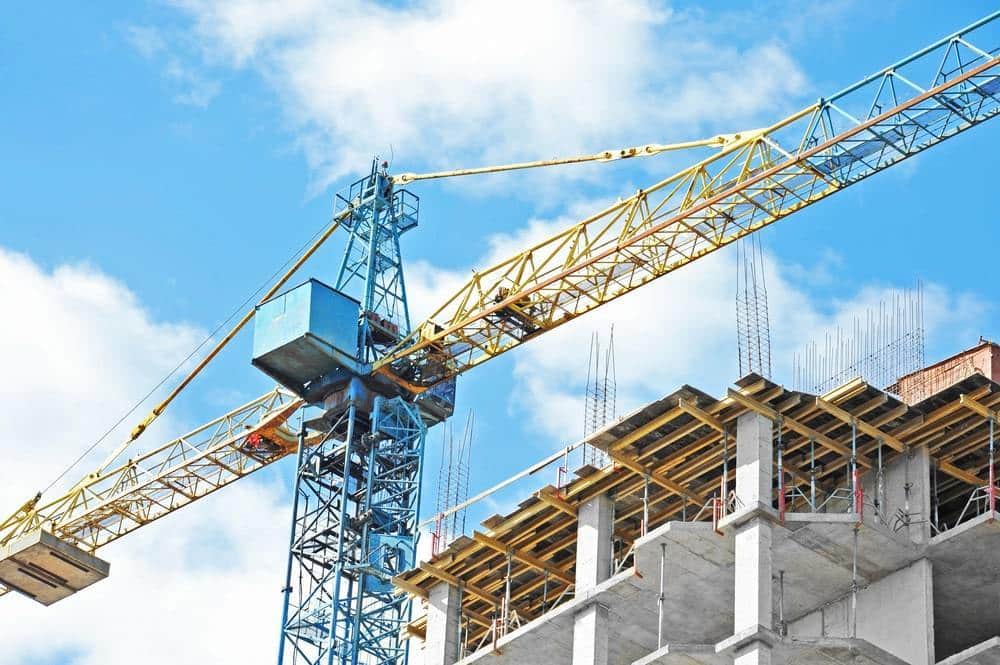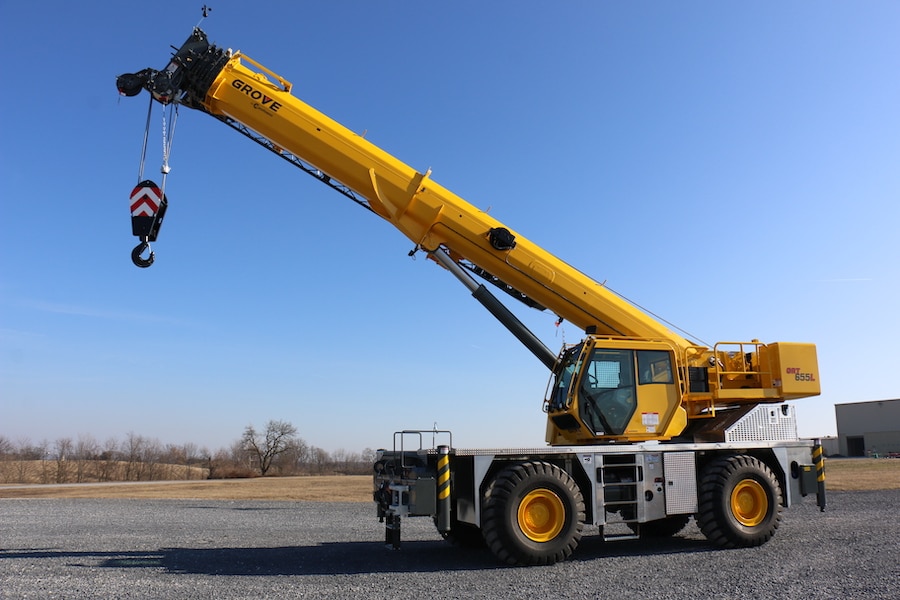One can never oversee cranes, especially when it comes to a construction site. Cranes proved to be a remarkable invention in the history. They form new possibilities in various steps of the building process, from installing trusses on the roofs of rural barns to reaching the new heights of urban skyscrapers. Crane can help construction crews in lifting heavy materials to unknowingly heights.
Nuance crane parts come together to create this large machinery that you recognize even from miles away. It is essential for those who work with cranes on a job site to understand the parts of a crane and their functions so that they can use cranes to their fullest potential.
What Is a Crane?
A crane is a machine that lifts and moves heavy machines, materials, goods, and loads for a variety of purposes. From construction to shipbuilding and material loading to manufacturing, you will find them in all different sectors of industry.
The skyscrapers you see in modern cities today require cranes to build them! Are you searching for rigging rental near me? Make sure to consider crane truck rental costs to avoid future problems!
8 Basic Components of the Crane
Cranes are a wonder of engineering, and each part plays its role in proper functioning. Here are eight of the worth mentioning crane components and their functions you should know about.
- Wire Rope and Sheaves
- Boom
- Jib
- Wheels and Tracks
- Hoist
- Outriggers
- Counterweights
- Hook
- Wire Rope and Sheaves
Cranes use heavy-duty wire ropes for lifting heavy materials and loads. These ropes are made of steel wires twisted into the shape of a helix. Afterwards, multiple of these helixes are twisted together to form an even stronger rope. These wire ropes are the core strength of the crane that allows the hook to lift heavier loads, which is not possible to lift with a single wire rope.
Sheaves increase the amount of weight the hook can lift. A sheave is a pulley system that connects the wire ropes to the rest of the crane. The weight distributes as more and more wire ropes are used.
- The Boom
The boom is one of the largest crane parts that are visible from even several miles away, depending on the size of the crane. The boom acts as the arm who holds the load, allowing the crane to move heavy items around and move materials far from the base of the boom.
- The Jib
Jib helps to move the material to an area, which is beyond the reach of the boom. Jib is the crane’s arm that extends horizontally, providing extra space between the crane and the load. It is most useful when you need to move longer and larger loads to farther distances during movement.
Usually, the jib is fixed, however, a “luffer jib” is the one hinged on some cranes, facilitating up and down movements using hinges.
- Wheels and Tracks
Wheels and tracks provide mobility to the crane for moving around the job site. Wheels allow cranes to maneuver around a job site and drive down the highway at high speeds. They are the right choice for uneven and bumpy ground, whereas tracks are a better option for soft and muddy job sites.
Tracks are long and wide, providing cranes with an increased level of stability compared to wheeled cranes. However, they move a bit more slowly than wheeled cranes, and require even and smooth grounds for easy operation. Track cranes are an attractive option for many job site engineers and managers due to their stability and safety.
- The Hoist
The hoist or the hoist drum is the part of the crane that features the main lifting mechanism using a pulley system to raise a wire rope to and lower the hook. Its strengthened core can hold more than thousands of feet of wire ropes, allowing you to move heavy loads, materials, and goods over great distances and heights with enough remaining cable to maintain a safe hold.
The crane’s hoist is what makes it possible to lift items off the ground to reach the skies. Similar to other items on this list, it is an important part of the crane and plays its own part in the work. Look behind the main boom to find the hoist drum in your crane.
- Outriggers
Security is always less when you see this enormous machine in front of you. Outriggers provide cranes with extra safety when moving materials around the job site. Along with counterweights, outriggers ensure that the crane stands stable even when transporting the heaviest of loads.
Outriggers extend from the bottom of the crane, stabilizing it right from the ground. They lift the crane off its wheels on rough terrain crane avoiding the possibility of the crane shifting its position from slight wheel movements.
- Counterweights
Counterweight, the name itself suggests its function of countering the weight on the front of the crane when lifting to avoid tipping. They add stability to the machine with adjustable counterweights such that they fit accordingly to the specific job requirement. On most tower cranes, you must have noticed a counterweight at the other end of the jib.
- The Hook
The crane must attach these lifting materials in some way, right. The hook is the most typical way to move materials around the job site. It comes with a safety latch to prevent the material from slipping off the hooks during the transition.
Crane lifting hooks are usually made with steel or wrought iron to handle heavyweights. Hooks for heavy-duty cranes are forged and heat-treated to make them even stronger.
Bottom Line
Cranes have been human assistance for over 2,500 years to build neighborhoods and cities. The ability to move heavy machinery and materials has allowed us to build skyscrapers and other remarkable buildings. The next time you see a crane, take a moment to appreciate its invention and the unique connection that these machines share with the builders of past, future, and present.

